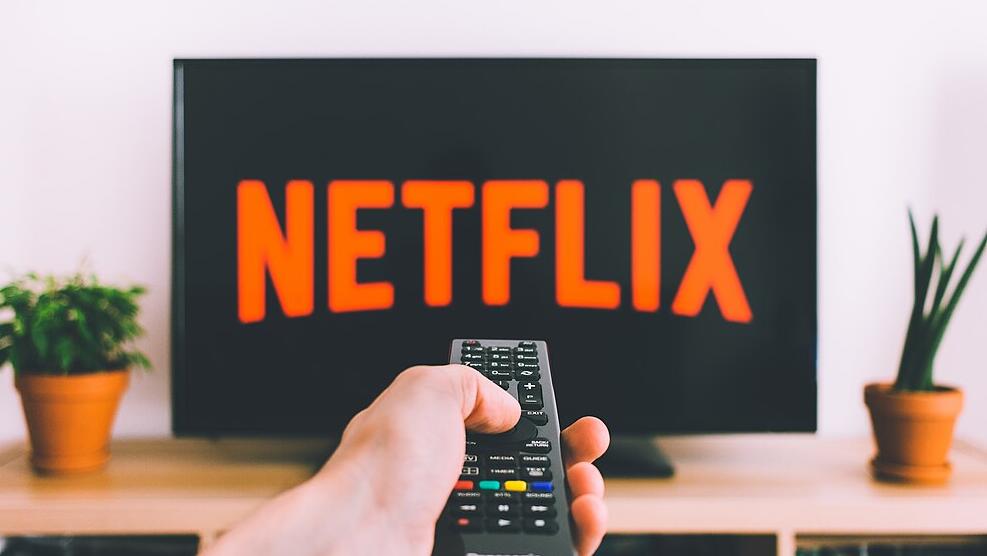Australians’ appetite for streaming has grown even greater this year, with major streaming platforms like Netflix seeing massive profits in the country.
According to a report by Deloitte this month, Australians now watch content from streaming services as often as free to air television.
However, the streaming landscape is still in flux due to increased competition and impending regulations, and local content producers report difficulty getting a foot in the door.
Australia’s growing appetite for global streaming
Over 70% of Australian streaming subscribers have subscriptions to more than one service, according to a Telsyte report this year. The average Australian’s monthly expense reached A$63 in 2024 after platforms like Netflix increased their prices.
“Despite price increases, subscriptions services still offer a relatively low-cost form of entertainment, which helps explain why young people, who often have tighter budgets, spend more on subscriptions than older people,” Deloitte Lead Partner Peter Corbett said of the company’s survey.
Netflix’s revenue in Australia was over A$1.1 billion in 2023. Amazon’s subscription services saw $346.2 million in Australian revenue that year.
Australia has helped to drive Netflix’s growth in recent months, with the Asia-Pacific logging the highest revenue growth rate of any region last quarter. Almost all of Netflix’s new customers were outside North America.
Global companies are also invested in smaller streaming platforms in Australia. U.S.-based NBCUniversal, which owns Peacock and Hayu, logged $50.3 million in Australian revenue in 2023.
International streaming services are continuing to move into the country, with Max (formerly HBO Max) set to arrive in the first half of 2025.
Max’s original programming is currently licensed to Foxtel. The two signed a multi-year deal to renew this licensing last year, though its fate is unclear now that Max is entering the Australian market.
Are locals losing out?
In 2023, the federal government said it would introduce local content quotas for streaming platforms, with these rules entering into effect in July 2024.
However, legislation has still not materialised. This month, Arts Minister Tony Burke said the initiative has been postponed indefinitely due to concerns it might conflict with a U.S. trade deal.
“The nature of delivery has moved from traditional broadcast mediums, which were licensed, managed, and territorially navigated, to global internet-based streaming services,” said Matthew Deaner, CEO of producers’ main industry body Screen Producers Australia. “There's been a desire to have those businesses under a framework of sorts, regulated, and contributing to the system that we are all working from.”
The government’s full plan has not been confirmed. Screen Producers Australia, producers’ main industry body, has lobbied this year for major streamers to spend at least 20% of their local revenues on Australian content by 2027.
“Our position is we should be aiming at the same levels of investment that are best practice in other comparable territories such as France and Italy, based on the existing investments from the streamers and the capability of the Australian market to deliver,” said Deaner. French regulations require streamers to invest 20-25% of domestic revenue into French productions.
Streaming platforms have pushed for the quotas to be as little as 2%.
"Consultation is taking longer than we would have liked, but we are determined to get this right,” a Department of Infrastructure, Transport, Regional Development, Communications and the Arts spokesperson said. ”The Government is aiming to introduce legislation as soon as practicable.”
Traditional broadcasters are legally obliged to show at least 55% Australian content between 6 am and midnight on their main channel. Streaming platforms are not defined by the government as broadcasting services, meaning these laws do not apply.
A survey by Screen Producers Australia in June found that international streamers have been commissioning local producers less often in recent years. 74% of Australian producers said that these platforms were “Less” or “Much Less” engaged in commissioning this year, compared with 2023.
Telsyte’s report found there is demand for Australian content on major streamers, with 64% of respondents saying they have watched Australian streaming content in the 2024 financial year.
Streamers aim for sports
Major streamers are also increasingly expanding into sports content. Netflix plans to stream NFL games on Christmas Day this year, and showed a boxing match between Mike Tyson and Jake Paul on Friday (Saturday AEDT).
Many of Australia’s biggest sports events, such as the AFL Grand Final and Australian Open, are now protected by an anti-siphoning law, which gives free-to-air broadcasters the first chance to acquire broadcast rights. Parliament passed this law in July.
However, the law only applies to aerial broadcasting, and would not reserve rights for free-to-air streamers.
"The government's legislation is protecting some key sporting moments for access on free-to-air television on your old-school TV with your aerial, but it’s not protecting it and guaranteeing it will be free on digital services,” Senator Sarah-Hanson Young said at the time.
